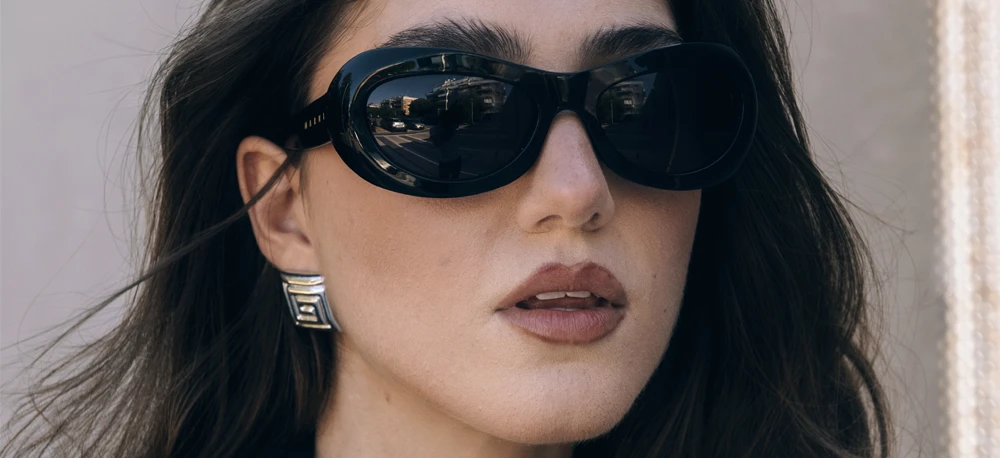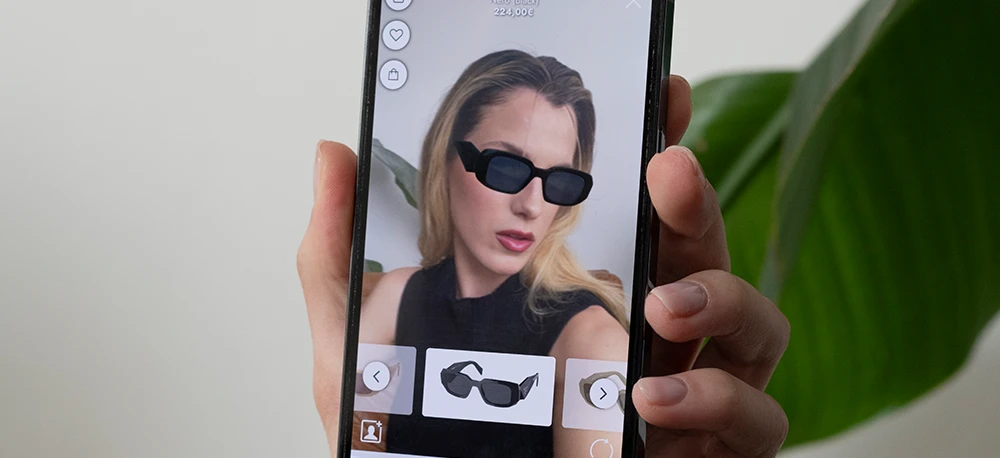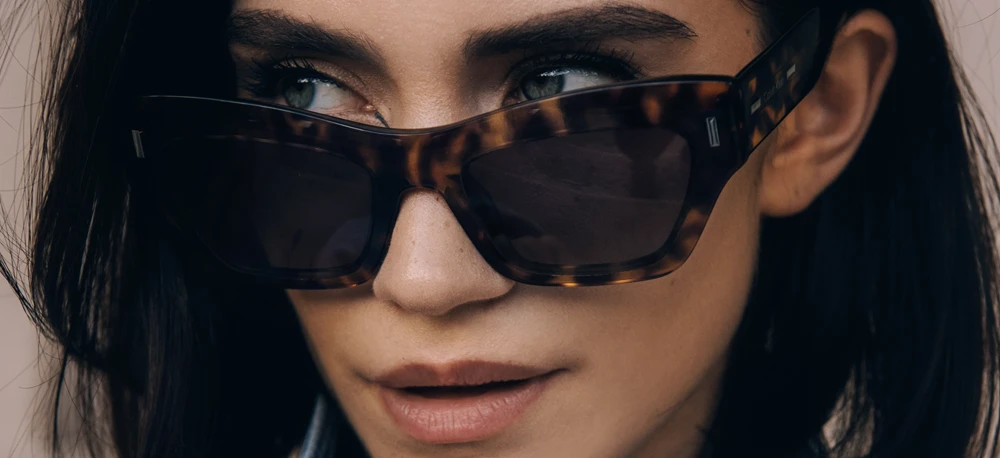Photochromic vs Photosensitive Ski Goggles: Which Should You Choose?
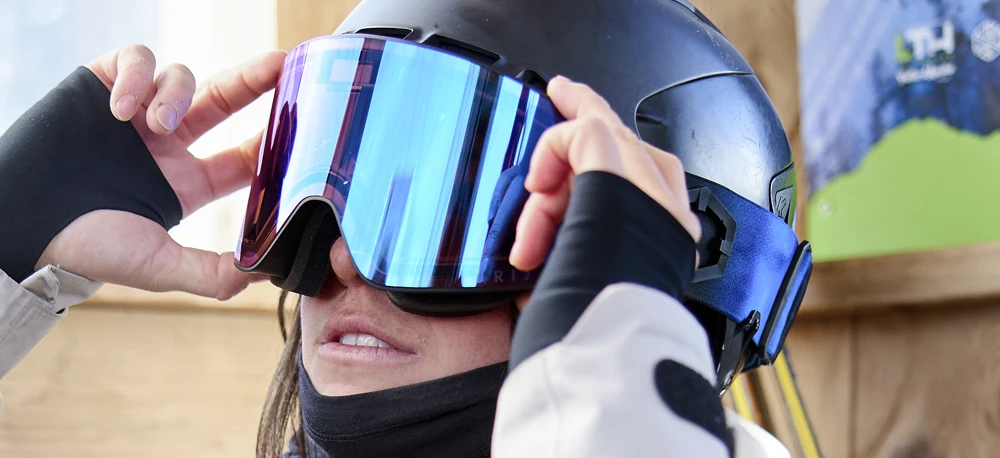
Table of Contents
When it comes to winter sports, the right eyewear can make all the difference. But what’s the real difference between photochromic and photosensitive ski goggles? Both technologies adapt to changing light, but in different ways. In this guide, we break down how they work, their benefits, and which option is best for your skiing or snowboarding adventures.
What Are Photochromic Ski Goggles?
Photochromic lenses are designed to automatically adjust their tint based on UV light exposure. When the sun is bright, the lenses darken; in cloudy or low-light conditions, they lighten again. This makes them ideal for skiers who encounter rapidly changing light throughout the day.
Key benefits of photochromic ski goggles:
- Seamless light adaptation without swapping lenses;
- Great for all-day skiing in mixed conditions;
- Reduce glare and eye strain in bright sunlight.
Explore our range of sport sunglasses, suitable for skiing and other outdoor activities. Photochromic ski goggles are perfect if you want one pair that adapts to almost any weather condition on the slopes.
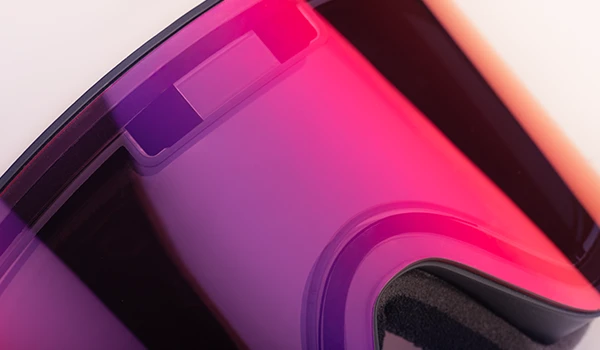
What Are Photosensitive Ski Goggles?
The term photosensitive is often used interchangeably with photochromic, but there’s a subtle difference. Photosensitive lenses refer more generally to lenses that react to light intensity, including both UV-triggered and visible-light triggered options. While photochromic goggles specifically adjust to UV exposure, photosensitive goggles may respond to a broader spectrum of light.
Why photosensitive ski goggles stand out:
- Broader reaction range, not limited to UV alone;
- Enhanced comfort in shifting alpine conditions;
- Available in high-performance models designed for extreme sports.
Discover more about the best sunglasses brands, that combine luxury, sport, and innovation. Photosensitive goggles offer wide-ranging adaptability, sometimes beyond what photochromic lenses provide.
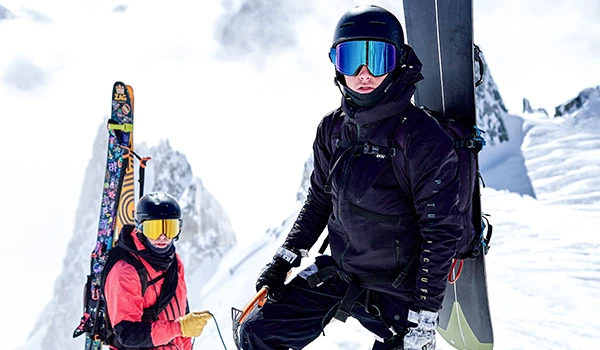
Comparing Photochromic vs Photosensitive Ski Goggles
While the two technologies overlap, there are differences that can influence your choice:
Photochromic:
- Specifically UV-reactive;
- Tried-and-tested technology;
- Reliable for most recreational skiers.
Photosensitive:
- May include both UV and visible-light responsiveness;
- Designed for advanced or professional use;
- Can provide more nuanced adaptation in extreme light conditions.
Browse our latest ski-ready goggles and eyewear to find models with advanced adaptive lenses.
In short: photochromic goggles are versatile for everyday skiers, while photosensitive goggles may suit those seeking higher-end performance.
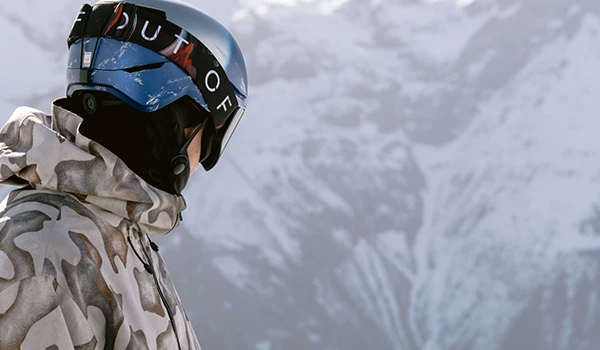
Which Ski Goggles Are Right for You?
The choice between photochromic and photosensitive ski goggles depends on your needs:
- If you want simplicity and reliability, photochromic goggles are a safe, all-round option.
- If you’re a frequent skier in extreme alpine environments, photosensitive goggles may offer superior adaptability.
- For the best of both worlds, consider premium goggles that combine photochromic technology with additional coatings like anti-fog and polarisation.
Choose photochromic goggles for general skiing comfort, and photosensitive models for advanced performance.
Understanding photochromic vs photosensitive ski goggles helps you select the right pair for your skiing style. Photochromic lenses offer proven adaptability to UV light, while photosensitive options may provide broader responsiveness for challenging conditions. At Amevista, you’ll find a selection of high-quality goggles designed for clarity, protection, and style on the slopes.






















































































